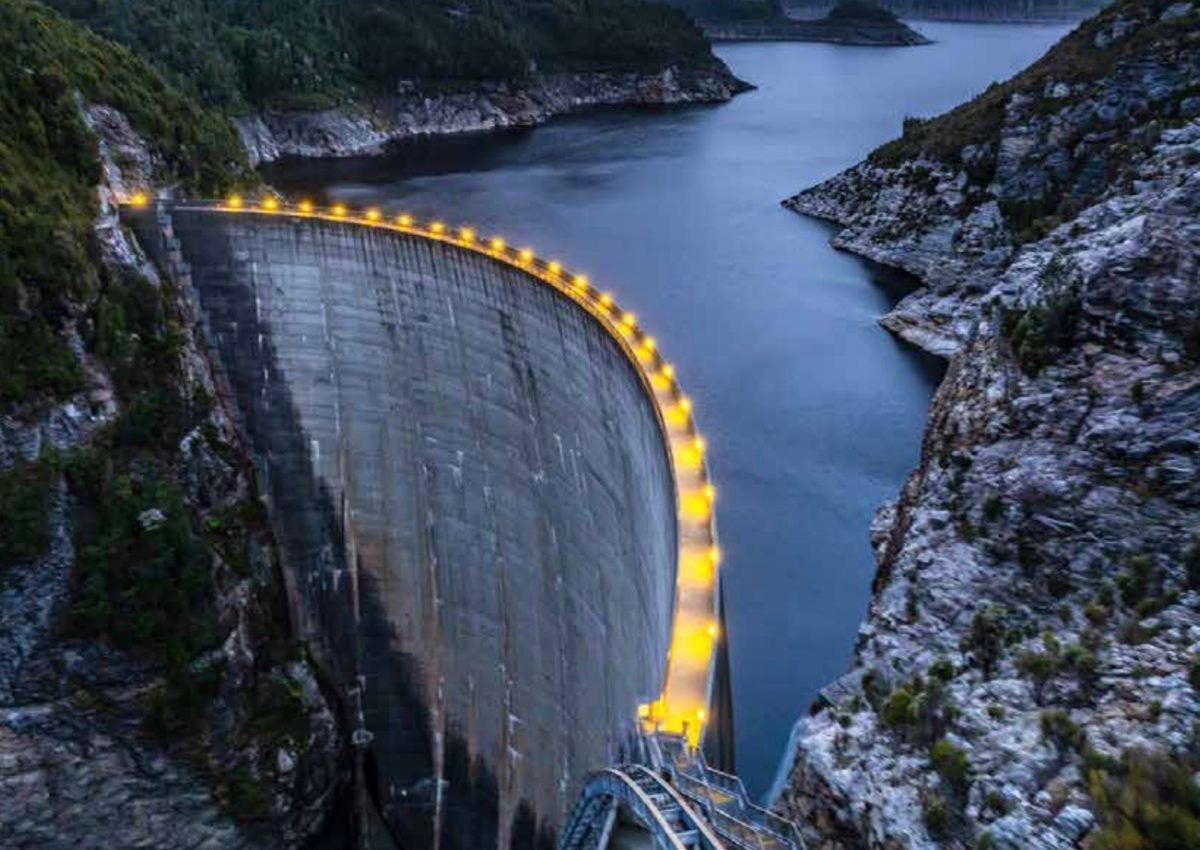The Clean Energy Council (CEC) today welcomed the announcement that the Federal Government will fast-track Marinus Link, the second energy interconnector between the Australian mainland and Tasmania, as part of the government’s new JobMaker bid to stimulate employment creation with small “shovel ready” priority projects around the country.
“Marinus Link will allow Tasmania to export its considerable pumped hydro and wind energy resources to the National Electricity Market (NEM),” said CEC Chief Executive Kane Thornton, whose statement added that the transmission infrastructure would also bring forward renewable energy projects in Tasmania and southern Australia.
Many such wind and solar projects are currently languishing due to grid congestion.
Prime Minister Scott Morrison made the announcement in an address to the State of the Nation Conference held today by the Committee for Economic Development of Australia (CEDA), saying, “Today I announce a priority list of 15 major projects that are on the fast track for approval under a bilateral model between the Commonwealth, states and territories.”
In fact six of the 15 projects set to receive $1.5 billion in Federal funding were announced, and they’re a mixed bag, including support for the proposed inland rail line between Melbourne and Brisbane; and expansion of capacity at BHP’s Olympic Dam mine in South Australia, to go from 200,000 tonnes of copper production per annum to up to 350,000 tonnes. The staged expansion of Olympic Dam is estimated to provide up to 1,800 jobs during construction and 600 ongoing operational roles.
A study conducted by TasNetworks last year into the feasibility of the 1,500 MW Marinus Link undersea interconnector estimated that the project and associated transmission buildout on either side of Bass Strait, together with unlocked renewable energy developments in wind and pumped hydro could create up to 2,300 jobs and deliver $5.7 billion in added value to the Tasmanian economy.
That’s a significant boost in a state that is estimated by the Australian Bureau of Statistics to have lost some 20,800 jobs in the month from March 14 to April 18 alone.
More than just a subsea cable
Importantly, Marinus makes sense of Tasmania’s ambition to become the Battery of the Nation (BON) a project to expand and upgrade the island state’s pumped-hydro capacity across a number of sites with the aim of providing deep storage at the base of the National Electricity Market.
An initial analysis, Battery of the Nation: Unlocking Tasmania’s Energy Capacity by Hydro Tasmania in December 2018 found that Tasmania has an existing latent dispatchable capacity of 400 MW in large-scale hydropower assets which are not available to the NEM due to the limitations of the existing island-to-mainland 500 MW Basslink.
“With the right market signals, a similar amount of additional dispatchable capacity could be made available with a minimal amount of investment, through upgrading assets and altering operations at higher lake levels (increased ‘head effect’) and demand side opportunities,” wrote Hydro Tasmania CEO Steve Davy in his introduction to the 2018 paper.
A year later, a second white paper How Battery of the Nation can contribute to Victoria’s Energy needs and objectives argued that BON would go a long way to mitigating the risks of early or unexpected coal plant retirement.
In April this year, analysis by the Australian Renewable Energy Agency (ARENA) in collaboration with Hydro Tasmania, demonstrated the importance of long-duration storage — as opposed to shorter duration offered by battery energy storage systems — to the reliability and resilience of an energy market increasingly based on renewables.
Program Director for BON, Chris Gwynne has said that the project is vital because Australia’s energy grid will become increasingly reliant on wind and solar generation, which are weather dependent and therefore prone to peaks and lulls in production that don’t always correlate with demand from consumers.
“Tasmania could cost-effectively provide an additional 1500 MW of firm supply by extending our existing hydropower system with deep storage pumped hydro,” claimed the ARENA paper.
The combined cost of the two projects — Marinus Link and Battery of the Nation — is estimated at $4.5 billion.
This content is protected by copyright and may not be reused. If you want to cooperate with us and would like to reuse some of our content, please contact: editors@pv-magazine.com.









By submitting this form you agree to pv magazine using your data for the purposes of publishing your comment.
Your personal data will only be disclosed or otherwise transmitted to third parties for the purposes of spam filtering or if this is necessary for technical maintenance of the website. Any other transfer to third parties will not take place unless this is justified on the basis of applicable data protection regulations or if pv magazine is legally obliged to do so.
You may revoke this consent at any time with effect for the future, in which case your personal data will be deleted immediately. Otherwise, your data will be deleted if pv magazine has processed your request or the purpose of data storage is fulfilled.
Further information on data privacy can be found in our Data Protection Policy.